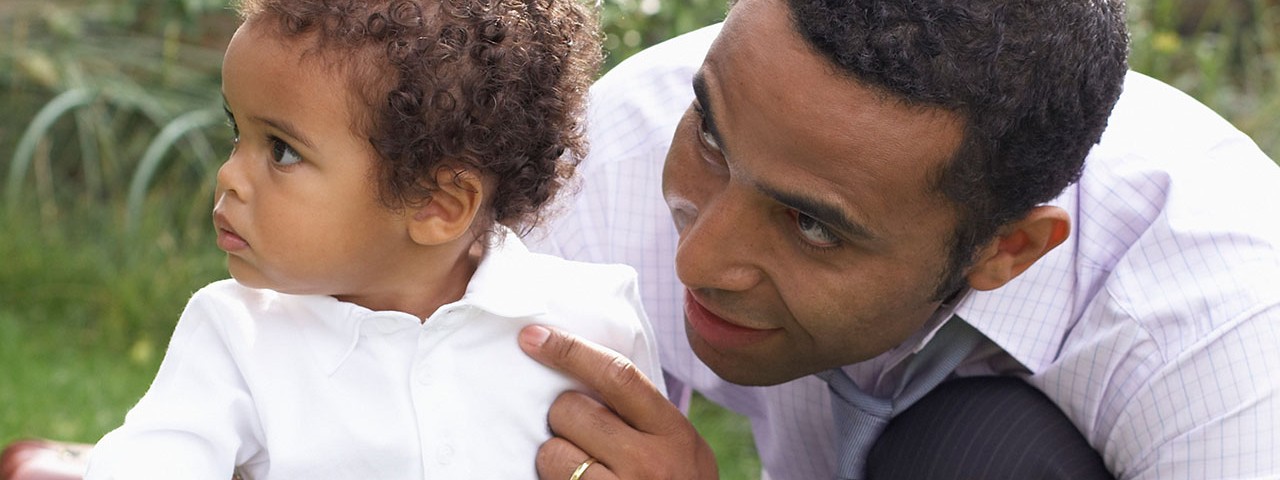Take Time to Answer Questions
- Tweet

There is one word that regularly punctuates the day for parents and caregivers of young children: “Why?”
“Why is the sky blue?” “Why is my sister’s hair brown?” “Why can’t I go outside?” “Why is a zebra black and white?”
“Why?” “Why?” “Why?”
There are days when it takes an almost supernatural patience to resist the urge to just ignore all the questions or to answer with an impatient “Because I said so!”
And yet all those questions have an important purpose. They are expressions of curiosity, and curiosity is a fundamental building block in the development of our youngest children.
Curiosity motivates kids to learn, and learning fuels curiosity! Tweet this!The more curious a child is, the more he learns.
During the early years of a child’s life, his brain is twice as active as an adult’s, and it is far more impressionable. On the positive side, this means that young children are like sponges, constantly learning new skills and taking in enriching experiences. On the negative side, it means that they are more vulnerable to stressful experiences and unfavorable environments.
Babies are born learners and it is curiosity which drives them to figure out the world around them and how it works. Research shows that children have an internal drive to learn. It is this natural desire, rather than external rewards, which motivates them to seek out new experiences and leads them toward becoming lifelong learners.
If you doubt that curiosity is already present in early infancy and toddlerhood, watch how a newborn follows sounds, faces, and objects with her eyes, watch a nine-month-old play with a rattle to see what it does, watch a toddler climb to get to the telephone so she can pretend to make a call, or watch a two-year old round up all her stuffed animals so she can pretend to be a zookeeper.
As children get older, exploration and discovery remain an important part of learning. Acquiring new skills and knowledge build confidence, and this confidence fuels a positive cycle of learning propelled by curiosity.
What is just as enjoyable as the discovery itself is sharing it with others—after all, we are social creatures. Encouragement, smiles, and approval provide children with positive reinforcement that sustains them through difficult challenges.
It Takes More than Metrics
These days, it seems that there are few aspects of life that have not been assessed, measured and quantified. It’s been said that we live in the “United States of Metrics.”
This is especially true for education. As children enter a world where standardized testing and accountability are paramount, it’s important to be alert to make sure their curiosity doesn’t fade. That’s why the foundation laid in children’s first three years is crucial.
It’s our responsibility to encourage children’s curiosity and help them channel it into a lifelong love for learning. Parents and caregivers can create a stimulating learning environment by
- providing age-appropriate books, toys, and games
- praising children’s effort, not just their achievements
- allowing time for children to explore, to be inventive, and to try out their own ideas
Children are awestruck at the world around them. The questions they ask are an effort to make sense of it all, not a way to pass the time or an attempt to get your attention. Having the correct answer to every question is less important than being responsive and engaged when they express their curiosity.
